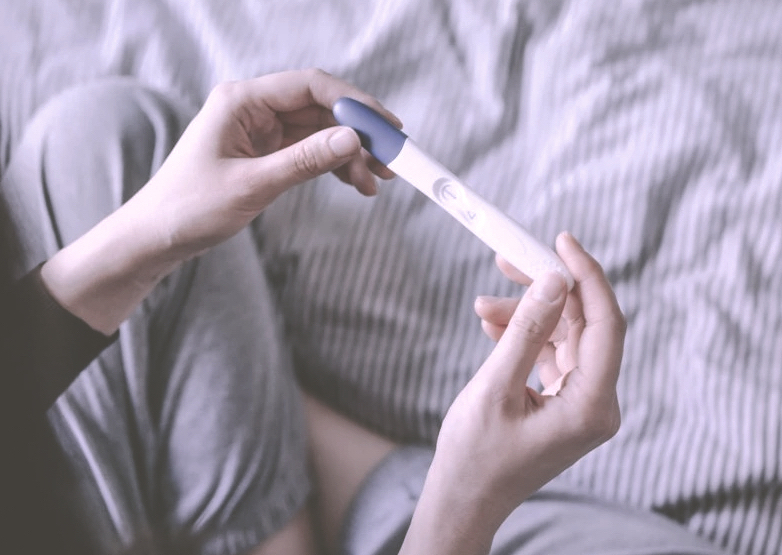 WHAT INFERTILITY IS? Infertility is defined as inability to get pregnant even after having frequent and unprotected intercourse for over a year.
WHAT INFERTILITY IS? Infertility is defined as inability to get pregnant even after having frequent and unprotected intercourse for over a year.
Infertility affects both men and women and is self-diagnosable - by an inability to conceive. Women experience a menstrual cycle that is too long or too short, and issues predisposition possible infertility such as pelvic inflammatory disease or uterine fibroids.
IVF specialist run various tests to determine what might be causing fertility issues, from ultrasound to detect possible uterine abnormalities, blood tests for hormone levels, and semen analysis to check for abnormalities that might be playing a role in infertility. Infertility treatments are continuously improving, and many couples with infertility issues are eventually able to successfully conceive.
INFERTILITY CAUSES
Female infertility is often caused by ovulation disorders such as polycystic ovary syndrome (PCOS), primary ovarian insufficiency (POI), or hyperprolactinemia. Female infertility is also caused by uterine or cervical abnormalities, Fallopian tube damage, uterine fibroids, endometriosis, early menopause, pelvic scar tissue, cancer treatment or severe psychological distress.
Also the trend of women starting families at older age is contributing to infertility significantly. With older age egg quality deteriorate and ovarian disfunction factors appear more and play a large part. Anatomical problems such as endometriosis and blocked Fallopian tubes are very common as well.
Male infertility is caused by testicles disfunction. Varicocele is a condition where the veins on a man’s testicles are too large, which causes them to heat up and affecting sperm count and shape. The quality of sperm can also be affected by health conditions like diabetes, genetic defects, and undescended testicles. Also premature ejaculation or structural problems affect male fertility as the environmental exposure to toxic chemicals or pesticides.
DO WE EXPERIENCE EPIDEMIOLOGY OF INFERTILITY?
Infertility has been on the rise for a long time, especially, as mentioned previously, many couples are waiting to have children later in life. One in four couples are in some way affected by infertility, and about 48.5 million couples experience infertility worldwide. Assisted reproduction specialists more often refers to this trend as the infertility epidemic.
Assisted reproductive technology (ART) in practice is increasing by 5% to 10% per year. There has been an overall long-term decline in birth and fertility rates that has been attributed to multiple factors including advanced education and career opportunities for women, later marriage, improved access to contraception, delayed childbearing, and decreased family size.
INFERTILITY TREATMENT
There are many options modern assisted reproduction offers to treat infertility. To choose the most suitable procedure is up to the IVF expert, who evaluates tests results and considers IVF history of the couple. The range of treatments starts from the basic intrauterine insemination (IUI), through the IVF up to egg and sperm donation programs. Since the range of treatment options widen and improves continuously assisted reproduction is successfully helping people to achieve pregnancy. Very advanced methods such as pre-implantation genetic screening are also available and researchers are continuously looking for new ways to make infertility treatments even better.
INFERTILITY IN NUMBERS
- An estimated 15% of couples will have trouble conceiving. (UCLA Health, 2020)
- Globally, 48.5 million couples experience infertility. (Reproductive Biological Endocrinology, 2015)
- Southern Europe, Eastern Europe, and Eastern Asia have the lowest fertility rates in the world with an average of 1.5 children per woman. (UNFPA, 2018)
- Sweden has one of the highest fertility rates in Europe (close to 1.9 children per woman). (UNFPA, 2018)
- 1 in 4 couples in developing countries is affected by infertility. (WHO, 2004)
- 30% of infertility cases can be attributed solely to the female, 30% can be attributed solely to the male, 30% can be attributed to a combination of both partners, and 10% of cases have an unknown cause. (Fertility Answers, 2020)
- In general, fertility begins to decrease for most women in their 20s and 30s and declines more quickly after the age of 35. (American Society for Reproductive Medicine, 2012)
- Infertility is one of the primary reasons for divorce among couples. (International Journal of Reproductive Biomedicine, 2020)
__ __
TIP: what to read on our blog next: Learn more about What is there to know about cryoshipping.
